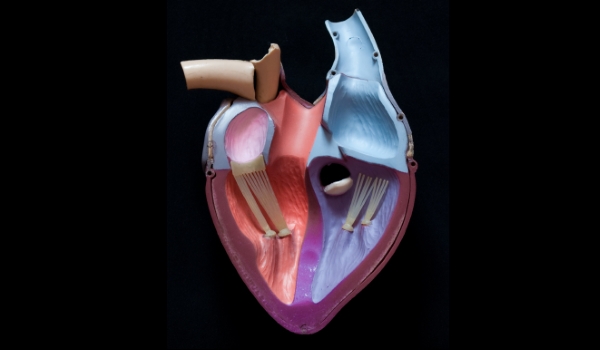The heart

A large organ, vital in body function and has different meanings...
We use the word heart to mean so many things it represents love, courage, the core or the centre of something. But at its simplest, the heart is a muscular organ that rhythmically contracts to force blood around our bodies.
What is it made from and why is it so special.
Our heart is made from a unique type of muscle fibre, which differs from other muscles in the human body in several ways:
- It forms branching fibres
- It is not attached to a bone, but rather to itself
- It never gets tired
- It works automatically and constantly without ever pausing to rest
Where is it positioned in the body?
Roughly conical in shape, it lies behind the breast bone (sternum), above the diaphragm, and between the two lungs. Although it is approximately the size of a closed fist, its actual size will vary according to your age, gender, weight, and state of health.
Humans and other mammals have a double circulatory system, in which one side of the heart pumps blood to the lungs and back to the heart, while the other pumps blood to all other parts of the body.
It is an involuntary muscle, controlled by the autonomic nervous system and an internal control centre (a pacemaker), called the sinoatrial node.




